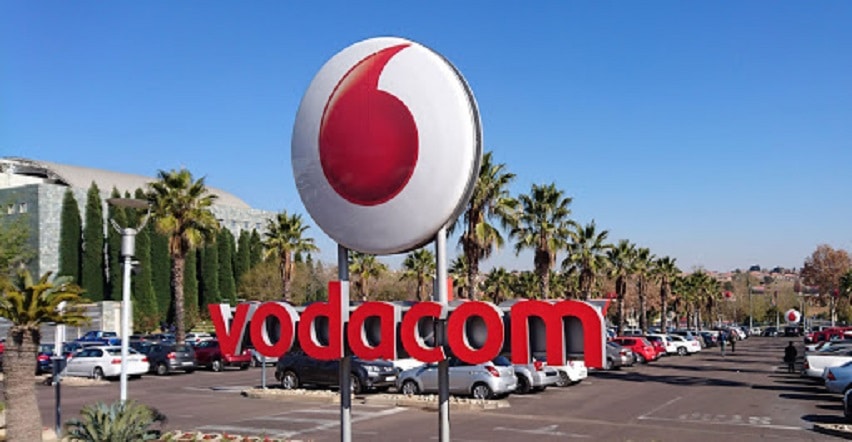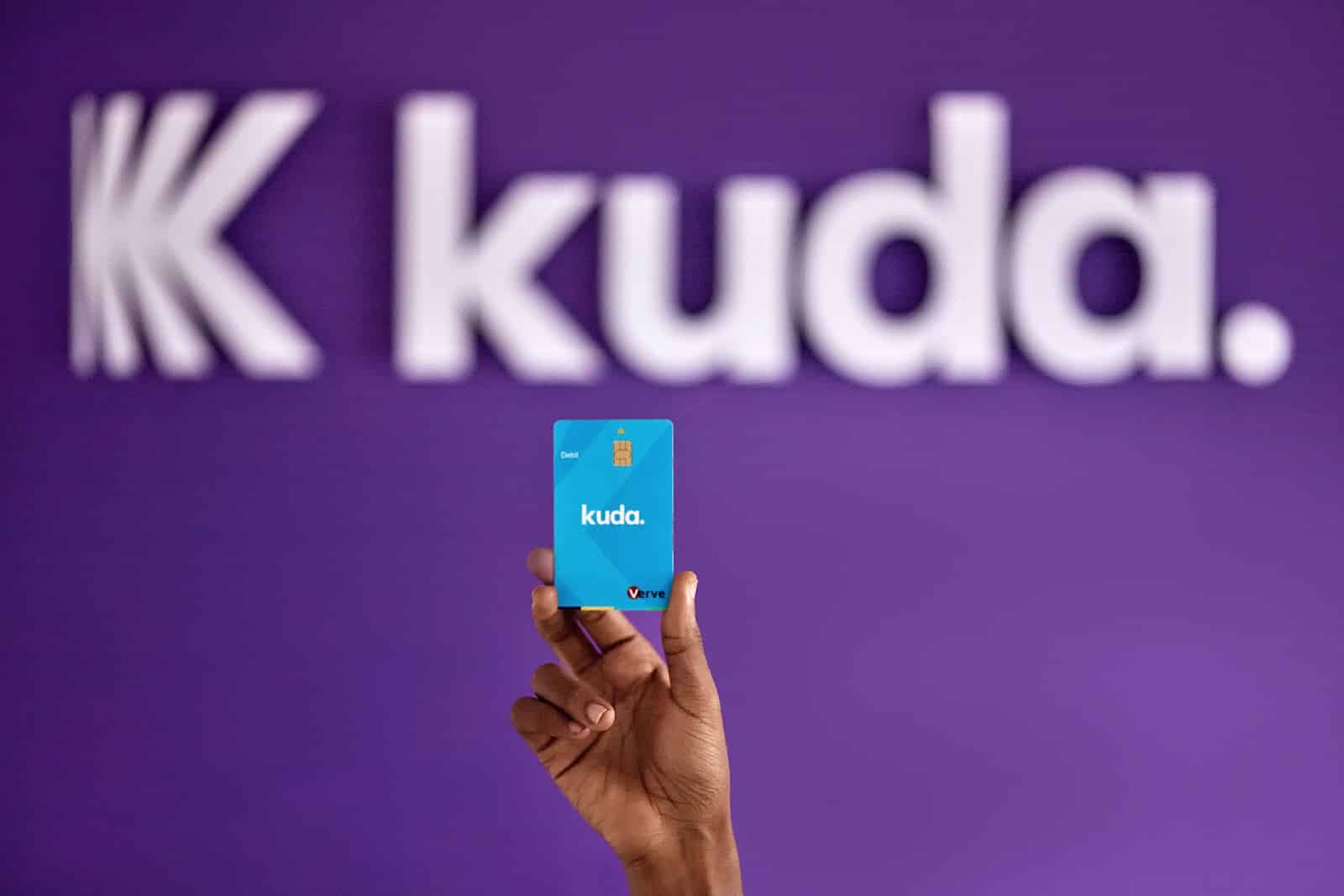When you invest, your primary goal is to achieve meaningful returns. No matter how brilliant an idea or solution is, it’s only valuable if it delivers a return on the value it creates. Venture capitalists (VCs) invest in companies expecting to generate returns, among other objectives.
VCs rely on specific tools to track the performance of their investments, one of which is the Internal Rate of Return (IRR). But while returns matter, the question remains: What is a good IRR for venture capital?
As an investor, you want clarity on what level of return signifies success in the high-stakes venture capital industry. In 2023, African startups raised $2.9 billion and $4.1 billion, having raised $4.6 billion to $6.5 billion in total funding in 2022. Understanding IRR is key to evaluating your investments and measuring their profitability.
In this article, we’ll dive into everything you need to know about IRR — what it is, how to calculate it, and most importantly, how to determine a good IRR for venture capital investments. This article will also address the questions you and other investors often ask.
Key takeaways
- Venture capital investments have higher IRR expectations due to their high-risk, high-reward nature and illiquidity premium.
- Internal Rate of Return (IRR) measures the profitability of an investment over its lifespan. It considers the time value of money.
- As an investor, you typically aim for an IRR of at least 30% for seed-stage investments. The target is often lower but still significant for later-stage investments.
- For a comprehensive evaluation, IRR should be considered alongside other metrics like TVPI (total value to paid-in), DPI (distributed to paid-in), and RVPI (residual value to paid-in).
- To calculate IRR, consider net present value (NPV), future cash flows, discount rate, and investment valuation.
What is IRR, and why is it important For VCs?
As a venture investor, the Internal Rate of Return (IRR) helps you measure the profitability of an investment over its lifespan. It considers the time value of money, providing insights into the potential returns your investment can generate before it fully matures.
IRR shows you the annual percentage return of your portfolio, where a higher IRR venture capital indicates better performance or greater potential for returns.
When calculating IRR, you account for the amount invested, the expected cash flow, and the timing of these inflows and outflows. This approach allows you to compare different asset classes and funds with varying years.
IRR is a reliable metric for measuring profitability, whether determining the viability of a specific investment or comparing the performance of various funds.
However, venture investments differ from other asset classes because they are illiquid for longer periods and may experience extreme valuation swings.
Why do venture fund managers use IRR?
Here are key reasons why venture fund managers use IRR. They use it to:
- Make standard comparisons across different funds and asset classes
- Consider the time value of money in long-term venture capital investments
- Objectively evaluate and determine which ventures are likely to provide the highest returns
- Effectively evaluate and mitigate risks associated with venture capital investments
- Manage portfolios and make well-informed investment decisions.
What is a good IRR for venture capital
As an investor, you typically aim for an IRR of at least 30% for seed-stage investments. The target is often lower but still significant for later-stage investments.
While general expectations for IRR signal success, various factors influence these benchmarks.
Factors influencing a good IRR in venture capital
Market conditions: Market dynamics and how the market responds to your solution significantly affect an IRR’s quality. Periods of economic growth tend to have higher IRRs, while economic downturns often lead to lower returns.
Industry trends: High-growth industries generally offer higher IRRs, whereas mature or slower-growing sectors may yield lower returns but with more predictability. Companies with sustainable competitive advantages improve your chances of achieving a good IRR.
Stage of investment: Early-stage companies often present opportunities for substantial returns. However, these investments come with higher risks and require careful evaluation. Later-stage investments tend to involve lower risks but come with moderate return potential.
Macroeconomic factors: Broader economic conditions, such as inflation rates, geopolitical stability, and currency fluctuations, directly impact your venture capital fund’s performance.
Exit opportunities: For late-stage investments, the type and timing of exit strategies, such as IPOs, mergers, or acquisitions, directly influence IRRs. Strong exit markets drive better returns, while delays in exits can reduce realised IRRs.
Portfolio diversification: Building a well-diversified portfolio increases your chances of achieving a good IRR. You can stabilise returns by investing across various sectors, stages, and regions. Over-concentration in one area leaves you vulnerable to significant losses if market conditions shift unfavourably.
Benchmarks for IRR for venture capitals
In venture capital, IRR benchmarks act as performance indicators to assess the success of investments. Here’s how you can interpret these benchmarks:
- Historical average returns: Reflects the industry’s performance and trends over time. However, these figures can vary significantly depending on economic conditions, market cycles, and the specific type and strategy of the fund.
- Risk-adjusted returns compare the risk level associated with an investment against its potential returns. This helps you determine whether the expected returns justify the risk.
- Expected returns vary depending on the type of investment and other factors, such as its size, stage of development, and industry sector.
IRR benchmarks by investment duration
- 3-year duration: For short-term investments, generally aim for an IRR of 20%–30%.
- 5-year duration: Medium-term investments often target an IRR of 25%–35%.
- 7-year duration: Longer-term investments typically target an IRR of 15%–25%.
- 10-year duration: For the full lifecycle of a VC fund, spanning about a decade, IRR benchmarks range between 10% and 20%. Meanwhile, major successes may offset any losses.
IRR expectations across stages of VC investing
- Seed stage: At this stage, you face the highest risks but also the potential for the greatest returns, with IRR expectations ranging from 30% to 50%.
- Series A: As risks begin to moderate, IRR expectations drop to 25%–35% for Series A investments.
- Later-stage investments: For Series C and beyond, IRR benchmarks typically range between 15% and 25%, reflecting a more mature, less volatile investment stage.
Comparing VC IRR with other investment classes
Historically, the average internal rate of return (IRR) for venture capital (VC) funds has ranged between 20% and 30%, depending on specific conditions. This significantly contrasts with other asset classes:
- Private equity (PE): PE funds typically deliver IRRs of 10% to 20%. These investments focus on established businesses, offering lower risk compared to startups.
- Real estate: Returns from real estate investments usually range from 8% to 12%. While often perceived as safer, they generally need higher-risk ventures.
- Public market Investments: Equity returns in public markets average an IRR of 7% to 10%, reflecting their lower risk and higher liquidity.
- Hedge funds and alternative investments: Hedge funds often yield IRRs of 6% to 12%.
Why VC IRR expectations are higher
IRR in venture capital comes with higher expectations for several reasons:
- High risk, high reward: Since most startups fail, the few successful ones must generate outsized returns to balance the portfolio.
- Exit multiples: Successful startups, particularly unicorns, can achieve exit multiples through acquisitions or IPOs, significantly boosting overall IRR.
- Illiquidity premium: VC investments require you to lock up your capital for years. This long-term commitment demands higher returns to compensate for the time and associated risks.
Venture capital also outperforms other high-risk investment options. For example, VC IRRs often exceed those of angel investing. Top-tier VC firms have even achieved IRRs exceeding 40%, outperforming traditional asset classes.
Key metrics beyond IRR in venture capital
IRR vs. TVPI
While IRR is a common metric for evaluating the performance of venture capital (VC) investments, you should not rely on it alone. You can use several other quantitative and qualitative metrics to gain deeper insights into fund performance and investment success. These metrics also help you understand when they are most relevant or commonly applied.
TVPI (Total Value to Paid-In)
TVPI measures the total value a fund creates compared to the capital invested. It includes both realised (distributed) and unrealised (residual) value. You will often use this metric during the early to mid-stages of a fund’s lifecycle, where much of the value remains unrealised.
Unlike IRR, TVPI does not consider the time value of money. If you compare funds of the same timeline, TVPI can be a useful tool. However, you may find IRR more helpful for funds with differing timelines. TVPI is also easier to calculate, and you can use this formula:
TVPI = Total ValuePaid-In Capital
- DPI (Distributed to Paid-In)
DPI measures realised returns, helping you calculate the capital returned to investors as a percentage of their invested capital. You will typically rely on this metric during the later stages of a fund’s lifecycle to assess liquidity and tangible performance.
- RVPI (Residual Value to Paid-In)
RVPI focuses on unrealised investments still held in the portfolio compared to the capital invested. You can use RVPI to evaluate a fund’s remaining potential, especially when it holds a significant portion of unrealised assets.
TVPI can provide a helpful comparison for funds that are similarly sized and invested in almost simultaneously, while IRR is often more helpful for funds with different timelines. Also, TVPI is easier to calculate.
Qualitative metrics beyond IRR
Beyond quantitative metrics like IRR, you should also consider qualitative factors when evaluating portfolio potential investment returns. These factors often guide your initial decision to invest in a startup.
Key qualitative metrics include market potential, which assesses the size and growth rate of the target market. Assessing founder and team strength also helps evaluate how much they can drive growth in the market. Additionally, all the factors influencing IRR in venture capital also serve as qualitative metrics.
You should also consider your portfolio’s diversification, which measures how well your investments are spread across sectors, geographies, and stages. Startups also use these metrics to ensure they are venture capital-worthy.
How to calculate IRR
To calculate the IRR, you need to focus on several key factors.
Net Present Value (NPV): NPV shows how much your investment will be worth in the future, in today’s value. To calculate IRR, you set the NPV to zero. The IRR formula then identifies the rate of return that achieves this zero NPV balance.
Future cash flows: Account for the size and timing of all projected cash inflows and outflows. These cash flows significantly influence the IRR calculation.
Discount rate: The discount rate represents the risk level tied to the investment. It ensures that venture capital investments are at least as attractive as alternatives.
Investment valuation: Investment valuation involves assessing the value of an investment by analysing its expected returns and cash flows.
Moreover, the first step to calculating IRR in venture capital is gathering all the necessary information. Once you’ve collected this, you can use the formula:
IRR Formula
NPV =t=0nCt(1+IRR)t=0
Where:
Ct = Net cash flow at time 𝑡 (negative for investments, positive for returns)
𝑡 = Time period (typically in years)
𝑛 = Total number of periods
IRR = Internal Rate of Return
When calculating IRR, remember that the discount rate sets the NPV to zero. Ensure all cash flows and assumptions are accurate to achieve a reliable result.
IRR limitations and drawbacks
IRR does not account for other important factors, such as taxes due upon sale or liquidation, which may result in an inaccurate assessment of an investment’s true profitability.
It does not also consider government regulations, including new legislation, industry-specific rules, or changes in government policies that may impact venture capital investment in those places.
While IRR has its benefits, you must incorporate other metrics when evaluating your portfolio. Combining IRR with metrics like TVPI gives you a more comprehensive view of your investments.
Strategies to maximise venture capital investments
To maximise your venture capital investments and IRR, you can adopt the following strategies:
1. Diversify: Spread your investments across various sectors and industries. This approach helps mitigate risk and protects your portfolio from specific market downturns.
2. Target high-growth potential companies: Focus on early-stage businesses or those with innovative ideas and exceptional growth potential. As well, identify and invest in companies with sustainable competitive advantages that drive long-term success and significant returns.
3. Combine strategies: Blend the mentioned approaches to achieve desired outcomes.
FAQs about a good IRR in venture capital
What is a good IRR in venture capital for 5-year vs 10-year investments?
An IRR of 20%–30% or higher is typically considered good for 5-year investments. In contrast, a good IRR might range between 15% and 25% for 10–year investments.
Is 7% a good IRR?
7% IRR in venture capital is generally not considered good because it falls below the average target returns. However, in low-risk asset classes or established companies, a 7% IRR might be acceptable or even attractive, especially during periods of economic downturn.
What’s the difference between IRR for VCs and private equity?
IRR in Venture Capital often targets higher returns (20%-30% or more). The focus is on fast-growing startups with exponential potential that may pose higher risks. IRR in PE targets moderate returns (15%–25%), as investments are typically in more established companies with lower risk.
What is the difference between IRR and ROI?
IRR and ROI (return on investment) measure an investment’s performance. The key difference is that IRR shows the annual growth rate, while ROI shows the total growth from start to finish. Over a short period, like a year, the two numbers are similar. But for longer periods, they can differ. ROI is a more common and simpler metric to calculate than IRR.
Do companies always follow the IRR rule?
Not necessarily. The higher the IRR, the better. However, a company might choose one with a lower IRR in view of its value proposition, as long as it still exceeds the cost of capital.
Conclusion
In venture capital, IRR is an important metric for evaluating investments, but it’s not the only one. Fund managers employ IRR for several reasons, including making standard comparisons across different funds and asset classes. While there is a typical or average expected value of IRR in venture capital, it’s essential to remember that this value is not absolute and can be influenced by various factors, such as economic and market dynamics.
Before determining what is a good IRR for venture capital, consider that a quantitative approach is not the only way to evaluate profitability. There are also qualitative factors to consider, which are often accounted for before making an investment.











